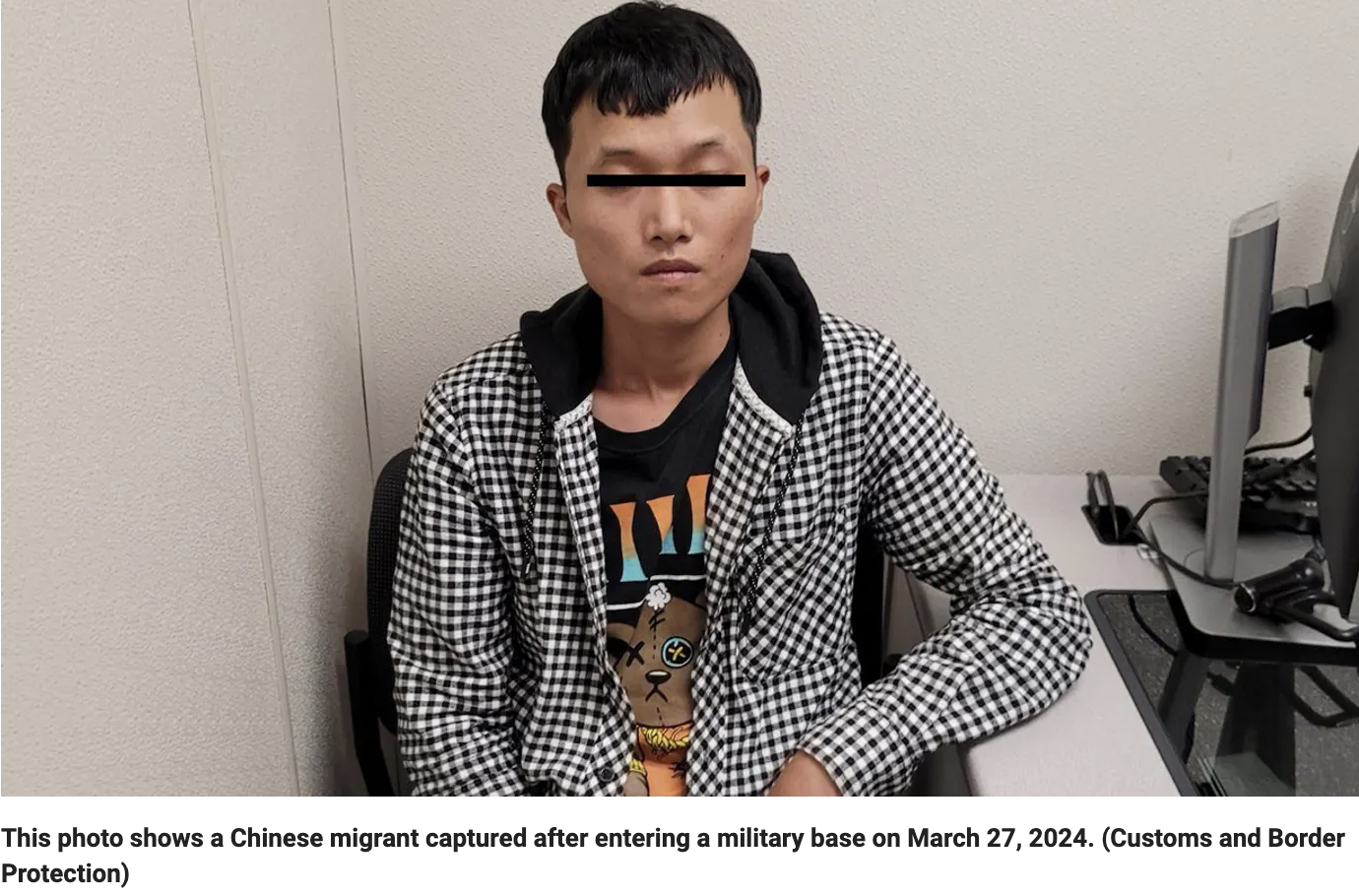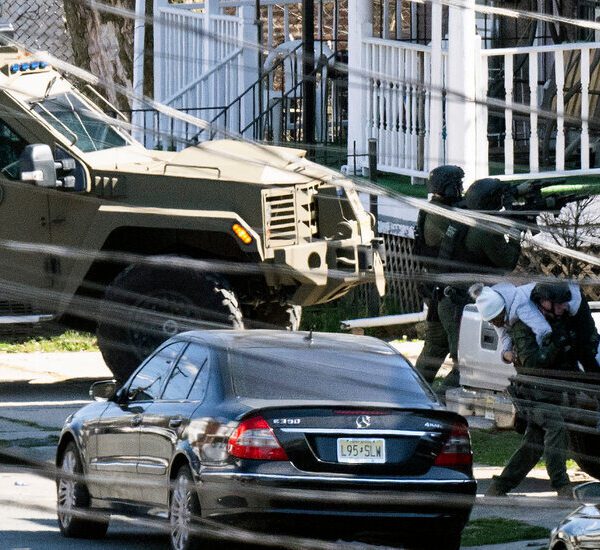

Commentary
In the face of these indicators and warnings, a wartime posture of dispersing forces across new and different sites, hardening facilities (with more guards and missile defenses), and actively camouflaging the dispersed and hardened locations would be prudent. By operating Department of Defense (DOD) facilities in a wartime manner, a strong message of readiness and deterrence would be communicated.
However, the spirit of Army Lt. Gen. Walter Short and Navy Adm. Husband E. Kimmel seems to have prevailed so far.




Ominous ‘Dry Run’ Attempt to Enter a DOD Facility


Two Jordanians made the most recent attempt to enter a DOD site, gaining entry into Quantico Marine Corps Base. The pair said they were “Amazon subcontractors” attempting to make a delivery. The two Jordanians were stopped after Marine gate guards deployed a vehicle denial barrier to block their path. The Jordanians were arrested and turned over to U.S. Immigration and Customs Enforcement. They have been determined to be non-U.S. citizens, and one of them is reported to be on the terrorist watch list.
Local reporter Kelly Sienkowski, who broke the original story, followed up with a story on May 16 titled “ICE confirms attack on Quantico; Ignores questions on terrorist threat.” Quantico has Marine training facilities, but it is also the home base to the Presidential Helicopter Squadron, Drug Enforcement Agency offices, the Federal Bureau of Investigation Academy, and the very important FBI Hostage Rescue Team (HRT), which the agency refers to as “federal law enforcement’s only full-time counterterrorism unit.”
The HRT is a very important asset in responding to domestic terrorist events, such as Chinese special operators carrying out attacks within the United States. One former Quantico staffer reportedly characterized the attempted breach at Quantico as a “dry run.”
An Intent to Disrupt Space Launches, US Readiness?


A focus of the Chinese efforts has been in Florida, where Chinese nationals have attempted to enter Cape Canaveral Air Force Station and Key West Naval facilities.
Cape Canaveral has two parts: the well-known Kennedy Space Center, which focuses on civil space activities, and the not-as-well-known Cape Canaveral Space Force Station, which focuses on classified military and intelligence space activities. The Chinese were found scuba diving right off the launch pads on the facilities. From where they were caught, the scuba divers could have used sniper rifles or rockets to damage or destroy space launch activities.


In Key West, Florida, three Chinese nationals were convicted in 2020 for attempting to enter the Navy facilities. The Navy facilities are about 90 miles north of the Chinese spy base in Lourdes, Cuba, revealed in 2023. The Chinese Key West operation could have assessed U.S. readiness to detect and respond to the stealth expansion of Chinese spy and military activities in Cuba and the Chinese influence operations in the Bahamas.
Hardening Efforts Begin, but Force Dispersion, Camouflage Needed
At the height of the Cold War, U.S. bases in Europe were greatly dispersed, hardened, and camouflaged to protect them from Soviet special forces raids or aircraft and missile strikes. Hardened and camouflaged facilities were everywhere, and repelling a Soviet Spetsnaz attack was a very real scenario that was taken very seriously.


The “Pacific Pivot” was started in 2010. Thirteen years later, it is hard to see any manifestation of wartime readiness in the Pacific or anywhere in the DOD. Congress has finally noticed this and is forcing the DOD to explain why China has built 400 hardened aircraft shelters in the past 10 years while the DOD has built only 22. DOD press photos routinely show Air Force aircraft neatly lined up at Pacific bases, much like 1941 pre-attack Hawaii (although a number of these photos have been taken down).




The DOD should ensure all of the airfields in the Pacific and even some in the continental United States have hardened shelters for all aircraft, fuel depots, ammunition storage, crew quarters, command centers, and other critical facilities. Facilities such as Anderson Air Force Base in Guam have a significant concentration of aircraft. Additional bases should be constructed. A new air base close to Tinian is being developed, but more are needed.
Finally, like in World War II, when “faux” cities were built over aircraft factories, generous camouflaging should be deployed to make the hardened, dispersed bases more resilient and ready.
All viewpoints are personal and do not reflect the viewpoints of any organization.
This article first appeared in Epoch Times and was reprinted with permission.















